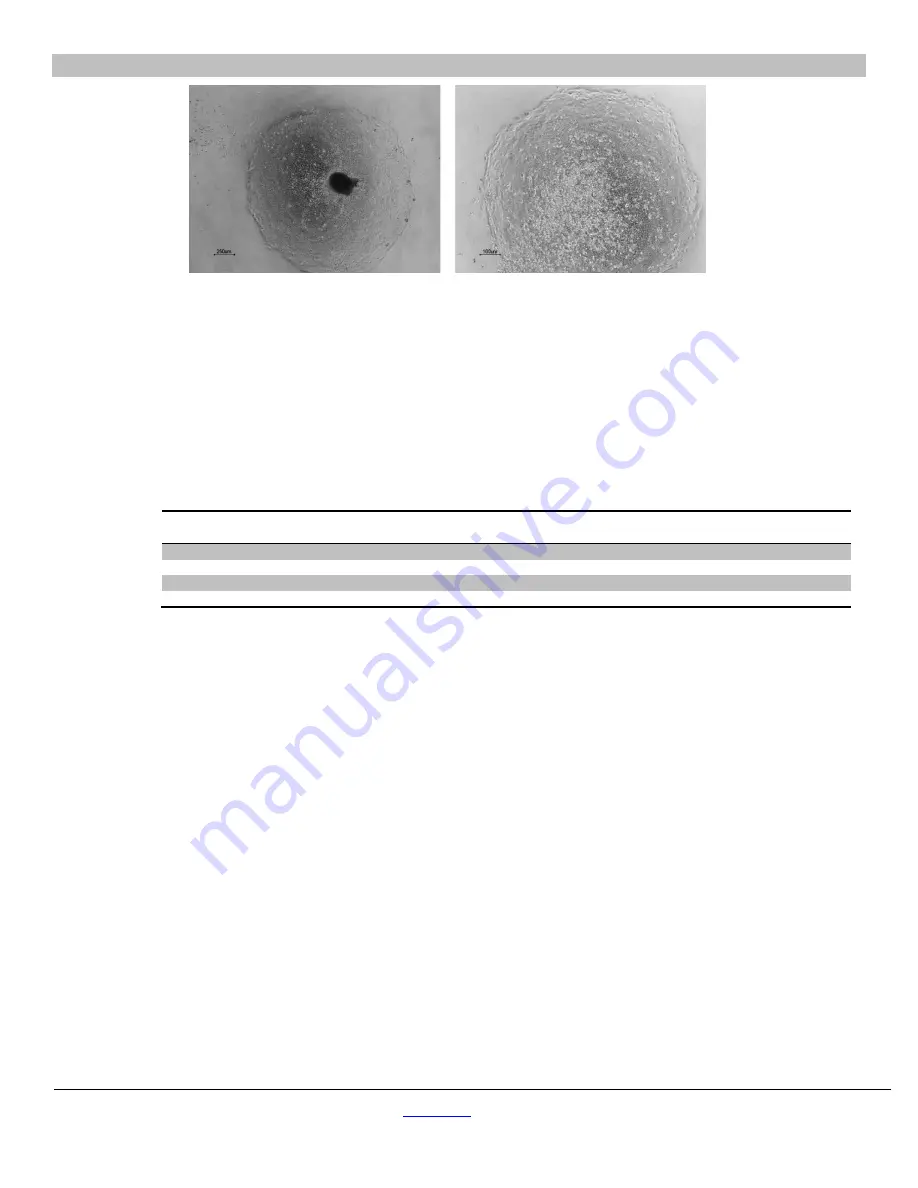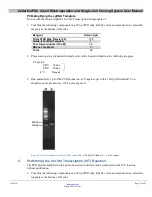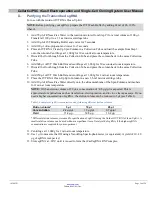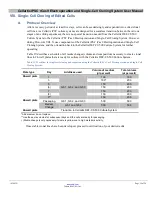
Cellartis iPSC rCas9 Electroporation and Single-Cell Cloning System User Manual
(030619)
takarabio.com
Takara Bio USA, Inc.
Page 23 of 24
Figure 11. Clonal colonies, ready for transfer to larger wells and scale-up.
The cells have the typical undifferentiated stem
cell morphology (i.e., high nucleus-to-cytoplasm ratio, defined borders, and prominent nucleoli).
IX. Passaging Cells from the 96-Well Plate to a 48-Well Plate
A.
Coating a 48-Well Plate
1.
Dilute the required volume of SCC-COAT-1 in D-PBS +/+ prior to use. Make a 1:10 dilution.
Calculate the amount of diluted coating solution required depending on the number of wells to be
used (200 µl of diluted coating solution per well of a 48-well plate; see Table VII for guidance).
Table VII. Preparation of coating solution for a 48-well plate.
2.
Mix the diluted SCC-COAT-1 solution gently and thoroughly by pipetting up and down.
3.
Add the diluted SCC-COAT-1 solution to a 48-well plate (using 200 µl/well), making sure the entire
surface of each well is covered.
4.
Place the plate in the incubator at 37°C ± 1°C, 5% CO
2
, and >90% humidity for a minimum of 3 hr.
5.
Aspirate the diluted SCC-COAT-1 solution from the 48-well plate immediately before use.
B.
Preparing DEF-CS SCC Medium for Passaging
1.
Prepare the appropriate volume of DEF-CS SCC medium by adding DEF-CS GF-1 (dilute 1:333),
GF-2 (dilute 1:1,000), and GF-3 (dilute 1:1,000) to Cellartis DEF-CS 500 Basal Medium according to
Table IV. The volume of medium needed for each well of the 48-well plate is 500 µl. Calculate the
amount of medium needed depending on the number of clonal lines to be expanded.
2.
Prepare fresh medium on the day of intended use and warm it to 37°C ± 1°C immediately before use.
Discard any leftover warmed medium.
C.
Passaging
1.
Check the cells under the microscope; photo document as necessary.
2.
Aspirate the media from the wells and wash the cell layer with D-PBS –/–.
3.
Add 50 µl per well of room-temperature TrypLE Select Enzyme (1X) to the cells. Make sure the
whole colony in the well is covered. Place the plate in an incubator at 37°C ± 1°C, 5% CO
2
, and
>90% humidity, and incubate for 5 min or until all cells have detached.
Number of wells
(48-well plate)
Volume of diluted
coating solution (µl)
Volume of
SCC-COAT-1 (µl)
Volume of D-PBS +/+ (µl)
1
200
20
180
2
400
40
360
48
9,600
960
8,640
n
200 x n
(200 x n)/10
(200 x n)
– (volume of SCC-COAT-1)























